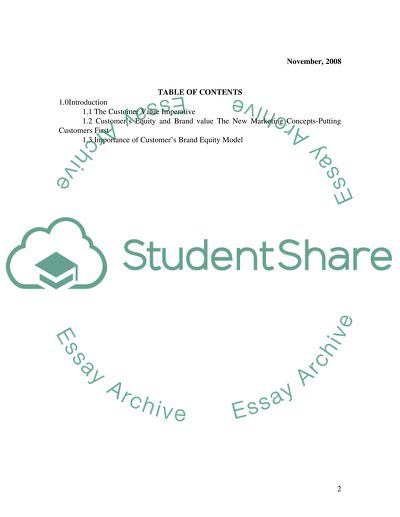Cite this document
(Understanding Customer Value Imperative in Marketing Coursework, n.d.)
Understanding Customer Value Imperative in Marketing Coursework. Retrieved from https://studentshare.org/marketing/1528175-customer-value-measurement
Understanding Customer Value Imperative in Marketing Coursework. Retrieved from https://studentshare.org/marketing/1528175-customer-value-measurement
(Understanding Customer Value Imperative in Marketing Coursework)
Understanding Customer Value Imperative in Marketing Coursework. https://studentshare.org/marketing/1528175-customer-value-measurement.
Understanding Customer Value Imperative in Marketing Coursework. https://studentshare.org/marketing/1528175-customer-value-measurement.
“Understanding Customer Value Imperative in Marketing Coursework”, n.d. https://studentshare.org/marketing/1528175-customer-value-measurement.


